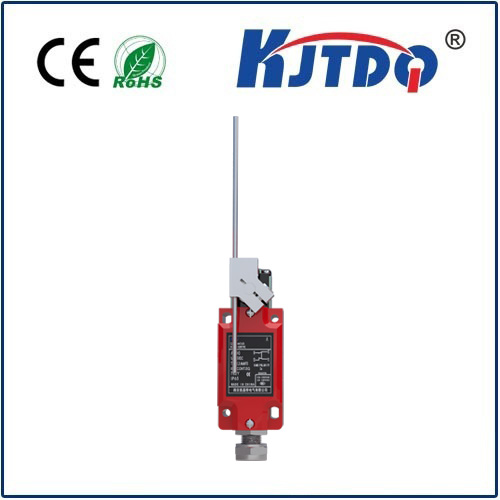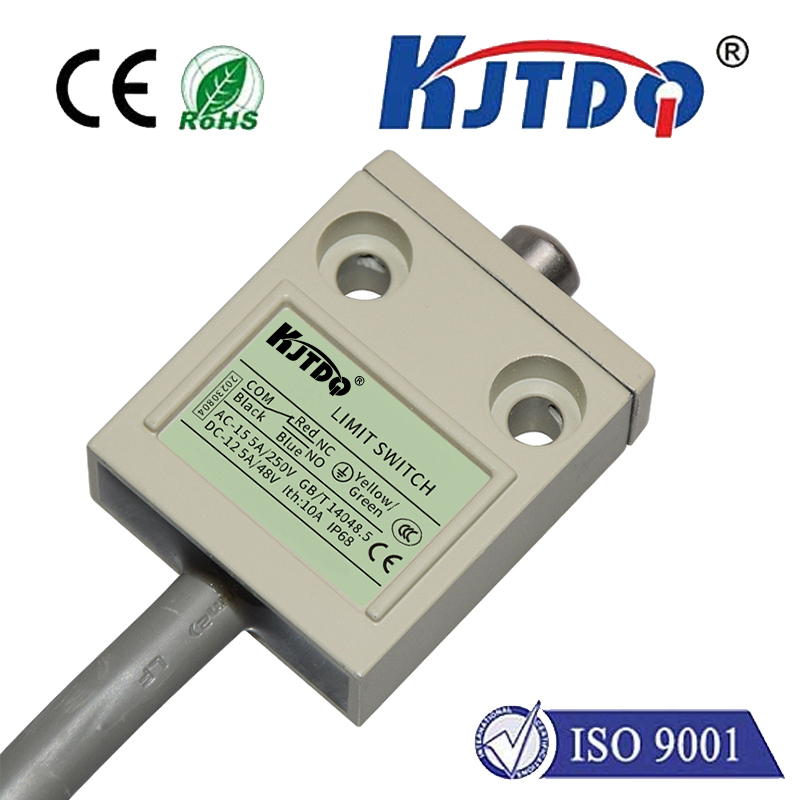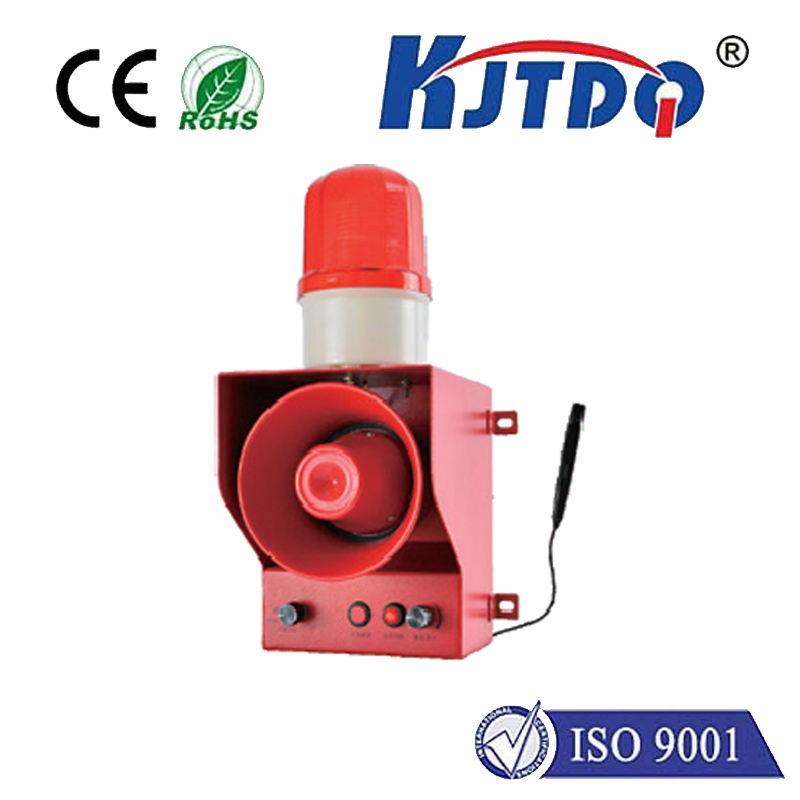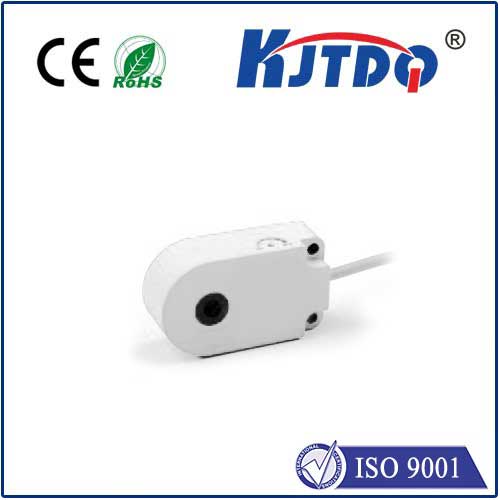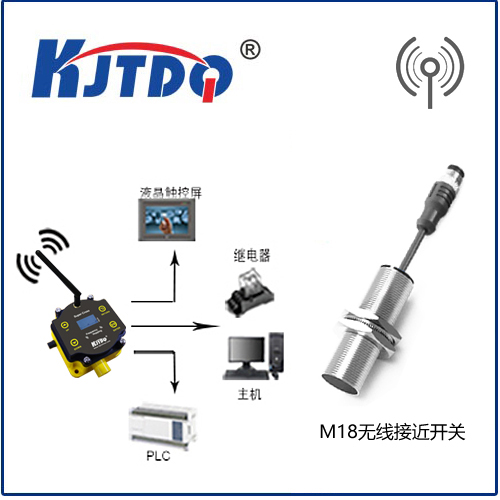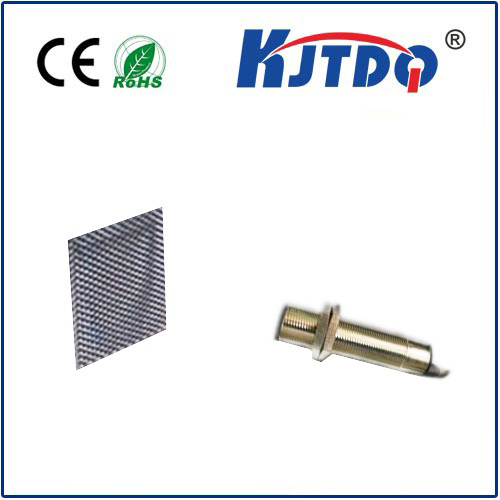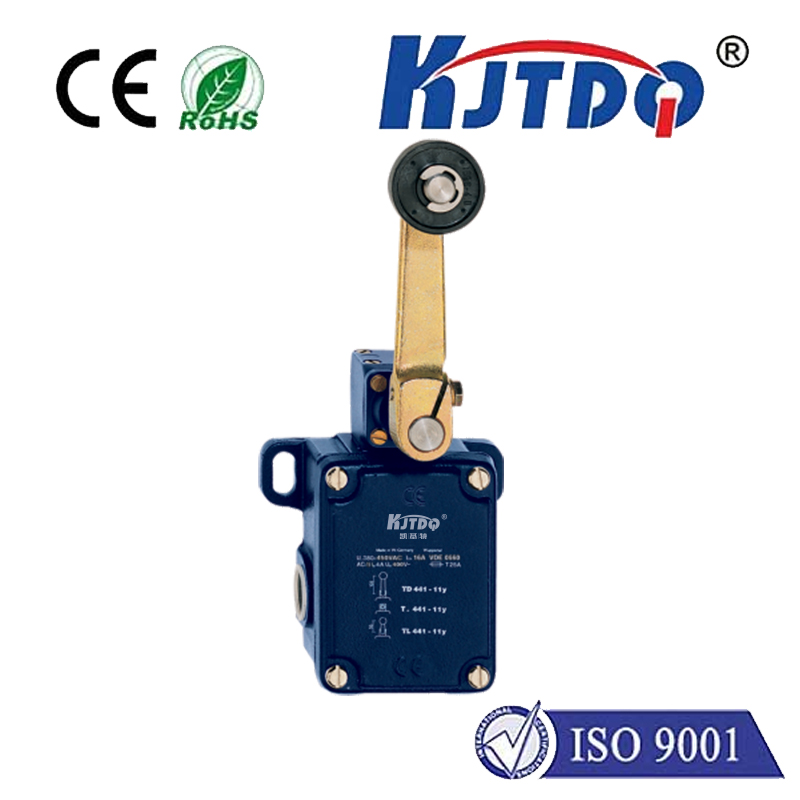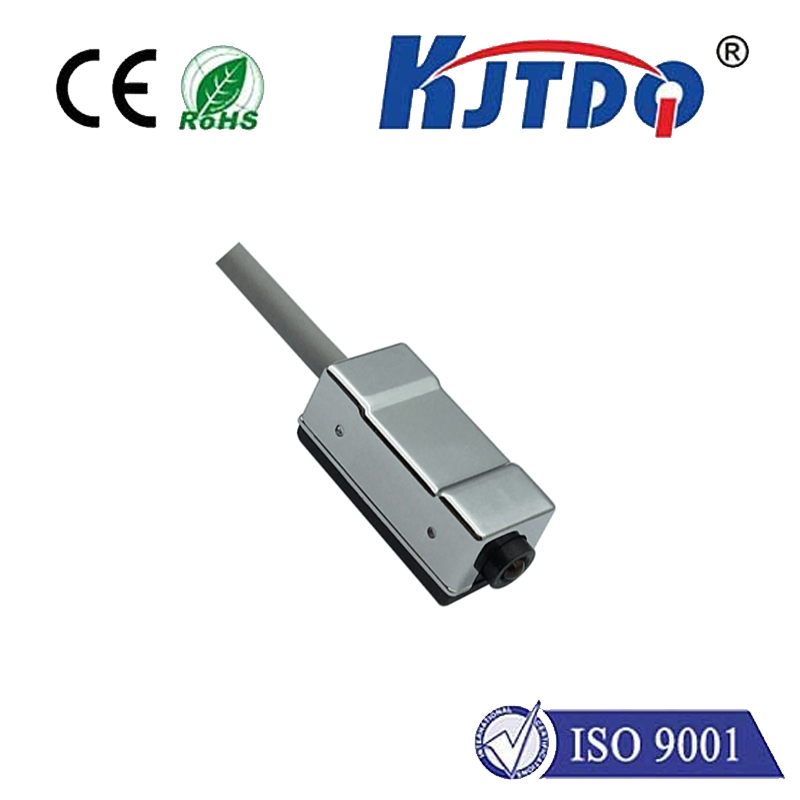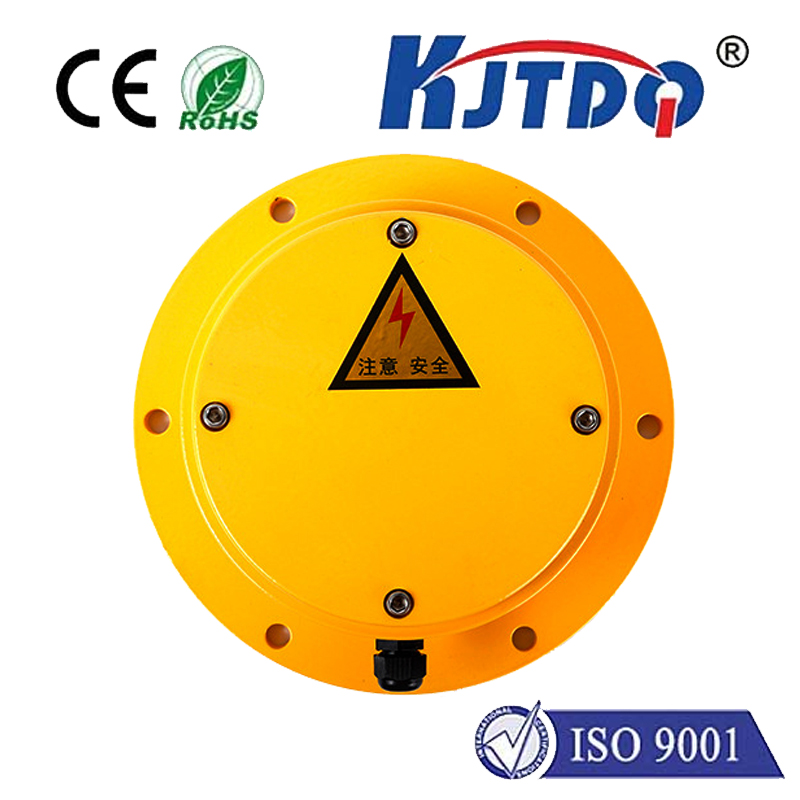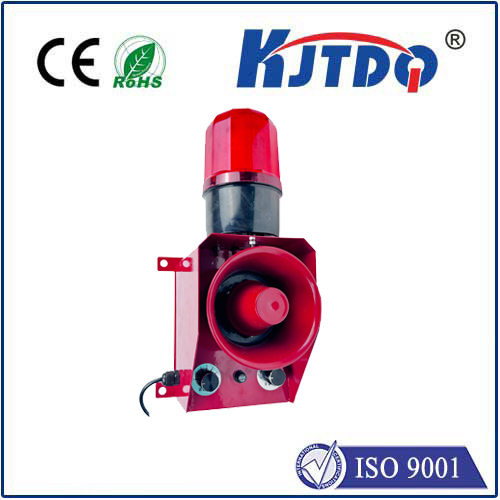
check

check

check

check

Title: The Compact Power of Small Laser Distance Sensors When it comes to innovation in the field of distance measurement, small laser distance sensors are making a big impact. These compact devices have revolutionized the way we measure distances with precision and ease, finding applications across various industries including construction, robotics, and geological surveying. In this article, we will explore the significance, functionality, and the myriad of uses for small laser distance sensors. Understanding the Significance of Small Laser Distance Sensors At the forefront of technological advancements, small laser distance sensors are celebrated for their user-friendly design, high accuracy, and efficiency. Unlike traditional measuring tools that can be cumbersome and less precise, these sensors provide immediate readings with a simple press of a button. They are equipped with advanced laser technology that ensures measurements are not only quick but also incredibly reliable, minimizing room for human error. The Technology Behind Laser Distance Measurement So, how do these tiny devices work? At the core of a small laser distance sensor is a laser diode that emits a narrow beam of light. This beam is directed towards the object whose distance needs to be measured. Once the laser hits the target, it reflects back to the sensor. By calculating the time it takes for the laser to return, the sensor determines the distance based on the speed of light. This method is known as the Time of Flight (ToF) principle, which is integral to the operation of laser distance sensors. Versatile Applications Across Multiple Sectors Small laser distance sensors are not confined to a single industry; their utility spans a broad spectrum of fields. In the construction industry, they facilitate accurate site measurements which are critical for blueprint designs and ensuring structural integrity. In robotics, these sensors enable autonomous machines to navigate their environment efficiently by detecting obstacles and measuring distances in real-time. Geologists use them to map landscapes and calculate areas of interest during exploration missions. Additionally, in the automotive industry, they play a role in parking assistance systems, allowing drivers to gauge parking space dimensions accurately. Enhancing User Experience with Portability and Convenience One of the defining features of small laser distance sensors is their portability. Compact and lightweight, they are easy to carry around job sites or integrate into other equipment. This convenience allows professionals to move swiftly between tasks without being burdened by heavy and bulky instruments. Furthermore, many models come with additional functionalities such as Bluetooth connectivity for data transfer, and backlit displays for use in low-light conditions – enhancing the user experience significantly. Conclusion In summary, small laser distance sensors represent a significant leap forward in terms of measurement technology. Their precision, speed, versatility, and user-friendly design have made them indispensable tools across numerous domains. As technology continues to evolve, we can only expect these powerful sensors to become even more integrated into our daily operations, further enhancing efficiency and accuracy in a multitude of applications.
